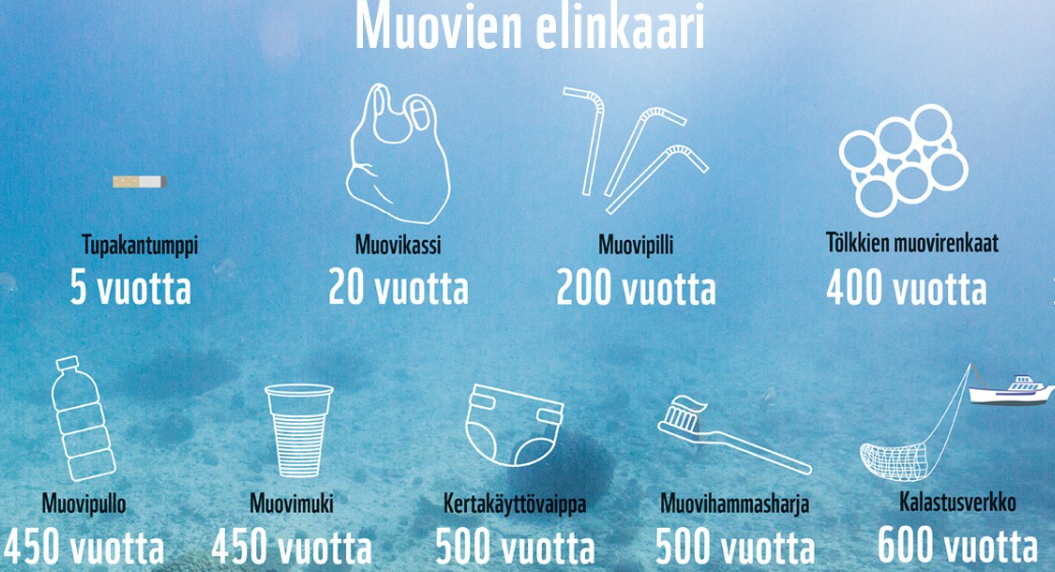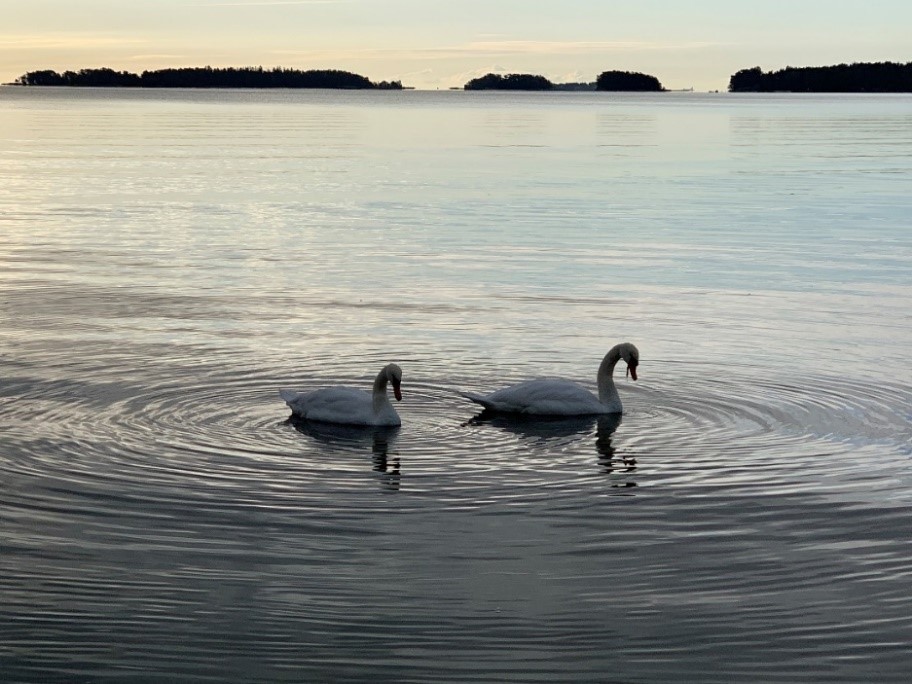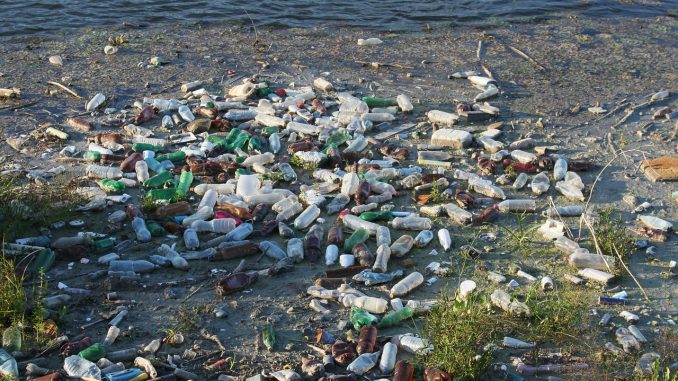Eutrophication is one of the most serious environmental problems faced by the Baltic Sea. Eutrophication is caused by the excessive phosphorus and nitrogen loads in the sea. Even though eutrophicating nutrient discharges have recently been in decline, the visible signs of eutrophication, such as blue-green algae blooms, cloudy waters, slimy shores, and oxygen-depleted seabeds, still pester the Baltic Sea. Climate change further accelerates the eutrophication of the Baltic Sea. Johnnurminensaatio/Baltic Sea Protection
For our people at Aurora, the sea and the well-being of the sea are important. In 2019, we selected the John Nurminen Foundation’s “Clean Baltic Sea” -project as a charity project for the Espoo office. We distributed the donated amount among our staff so everyone could choose their own charity-buoy for the place closest to their heart https://www.puhdasmeri.fi/info/poiju/.
In addition to donating money, we also wanted to do something concrete, so we headed out to collect garbage from seacoast in Espoo. Out of our seven-person office, a happily smiling five-person power team headed to Haukilahti beach on Friday morning 27.9.2019 with garbage bags and gloves in hand.


Gradually the garbage bags started to fill up. During the two hours of the garbage collection trip broken glass, bottles, styrofoam, plastic, metal, sunglasses, fishing lines with lures, cake candles, an unimaginable amount of cigarette butts and much more were found. The mission had been successful, but it would have been even better if the garbage bags had been empty during the whole trip and the trash had not ended up in nature in the first place, as trash bins can be found at the beachfront regularly.


Our charity-buoys with justification:
Ruoholahti Canal: “Close to home and along the way whenever you leave home. Reminds you to take good care of the waters!”
Nuottalahti Beach / Nuottalahti: “A small idyllic beach area along the Espoo beachfront. I often run past this and sometimes take a dip in the sea during the summer.”
Lauttasaari, Tiirasaari dock: “A small sand beach near the home where you can swim in the evening sun.”
Bruksfjärden, Kemiönsaari: “Even with over 300 years of ironworks in the archipelago, the nature has remained beautiful, but (plastic) thrash in the ocean has increased dramatically in recent years even though there is no industrial activity anymore. Now trash needs to be collected regularly off the beaches by locals. We should take better care of our waste so that our children could have good memories of the beauty of our nature. These memories can even encourage to move back from abroad, as that happened to me after studying abroad.”
Pikku Huopalahti / Haaganpuro: “I live near Haaganpuro, which runs into Pikku Huopalahti. Haaganpuro is an urban trout creek that you can follow to the Central Park. I hope that the area will retain its clean water also in the future and will continue to provide great outdoor terrain for Helsinki residents.”
Laajalahti Nature Reserve: “Already in elementary school, we visited these beautiful natural landscapes. Let’s take good care of the nature so the next generations could also enjoy its beauty.”
Otaniemi coast: “The only coastal area that easily comes to my mind from Helsinki/Espoo. I have made a few good trips there.”
Did you know
The most common plastic rubbish in all of the world’s seas is cigarette butts, including the Baltic Sea and Finland. It takes five years for the cigarette to dissolve. For example, a plastic bottle can float in the ocean for up to 450 years https://wwf.fi/uhat/merten-muoviroska/.
Lea Aaltonen, Aurora Group Accountant
